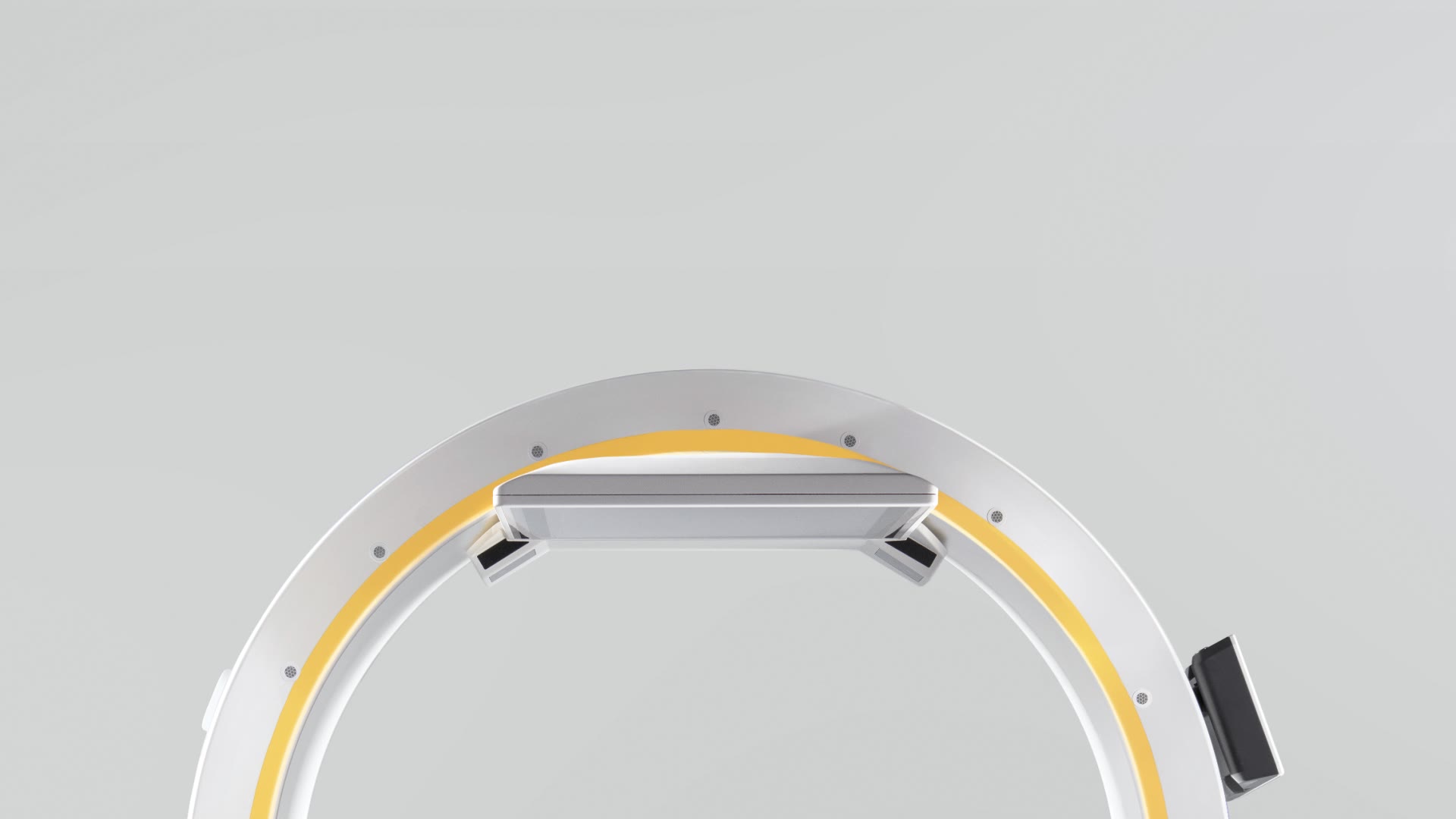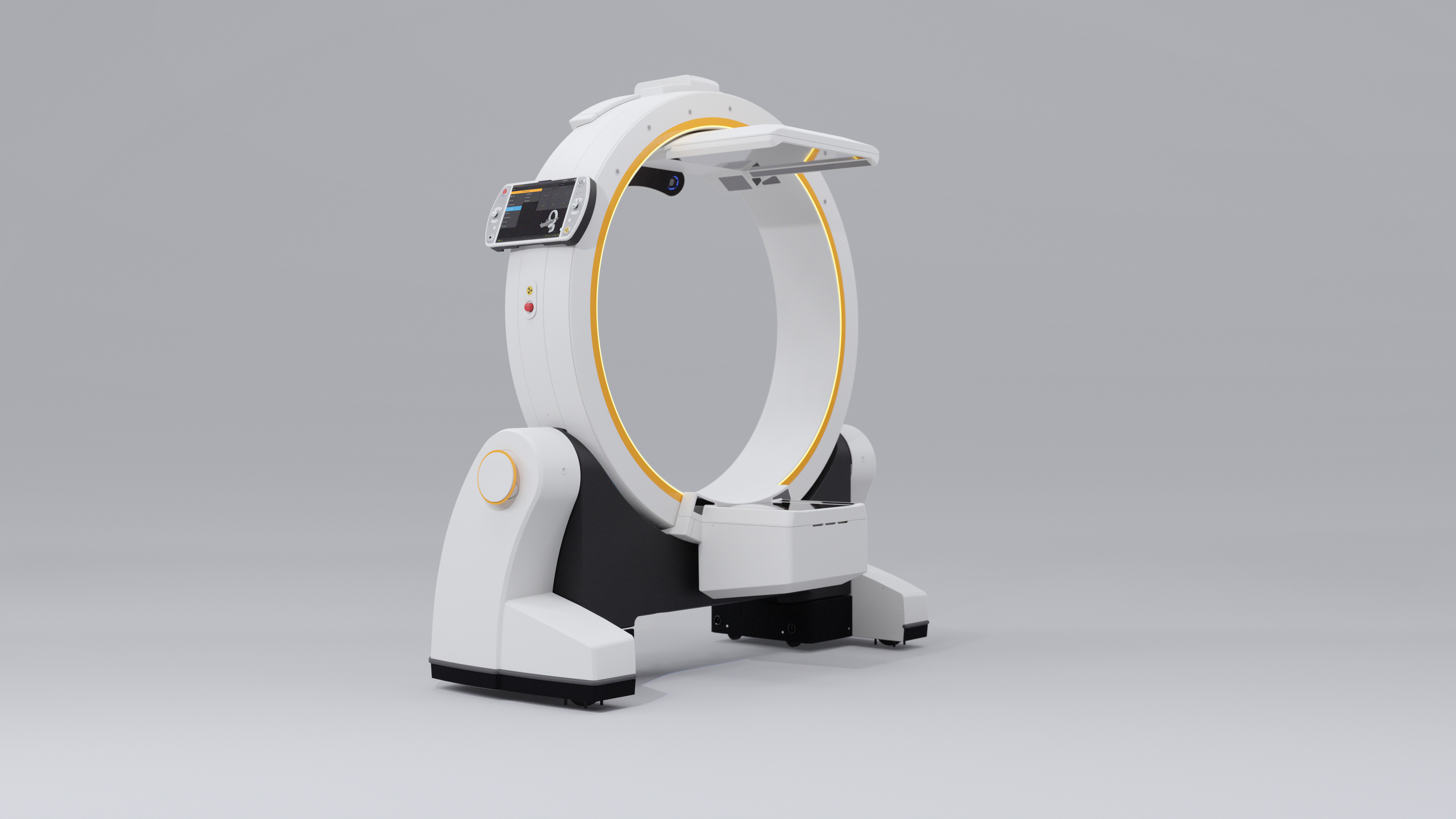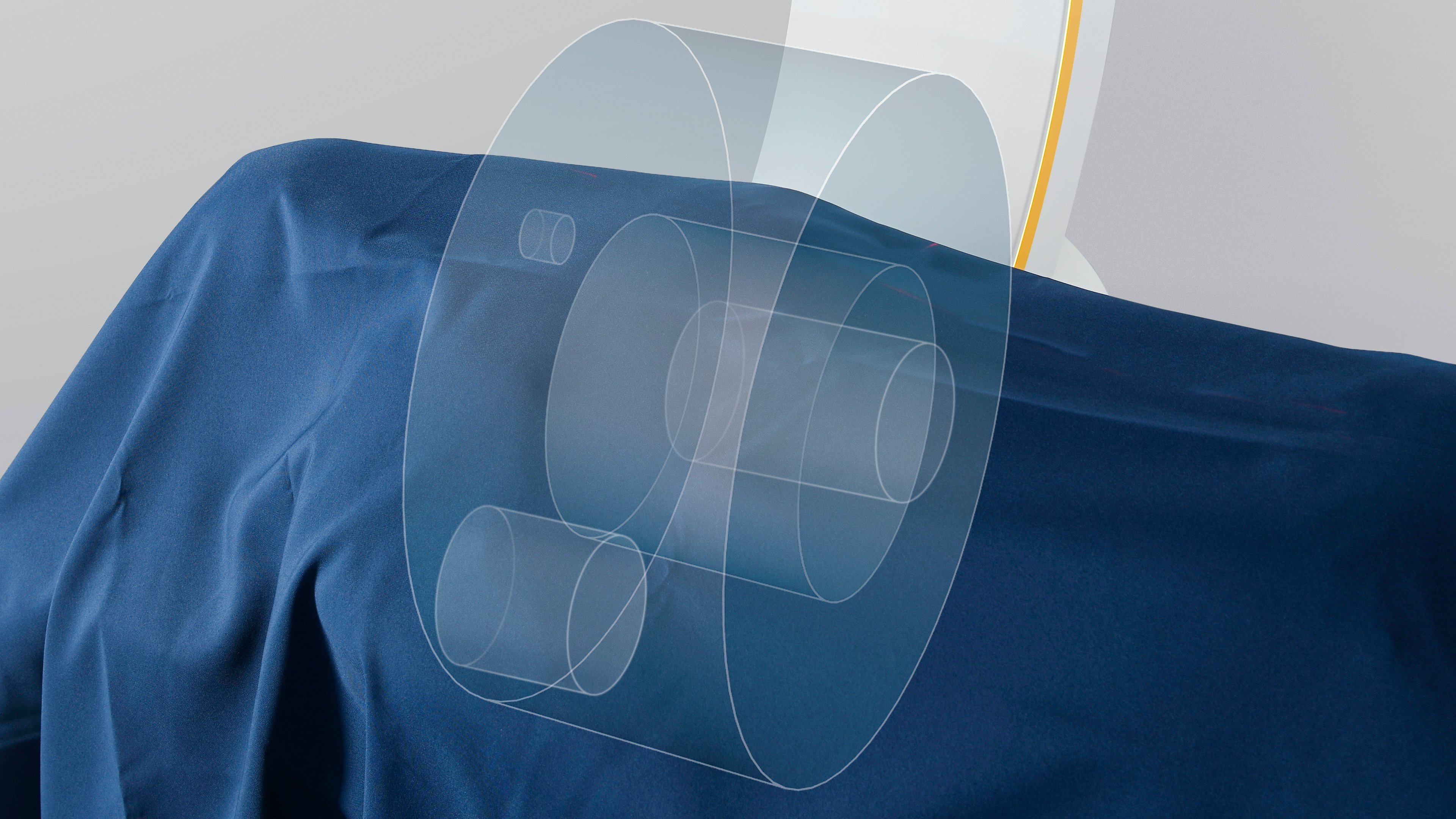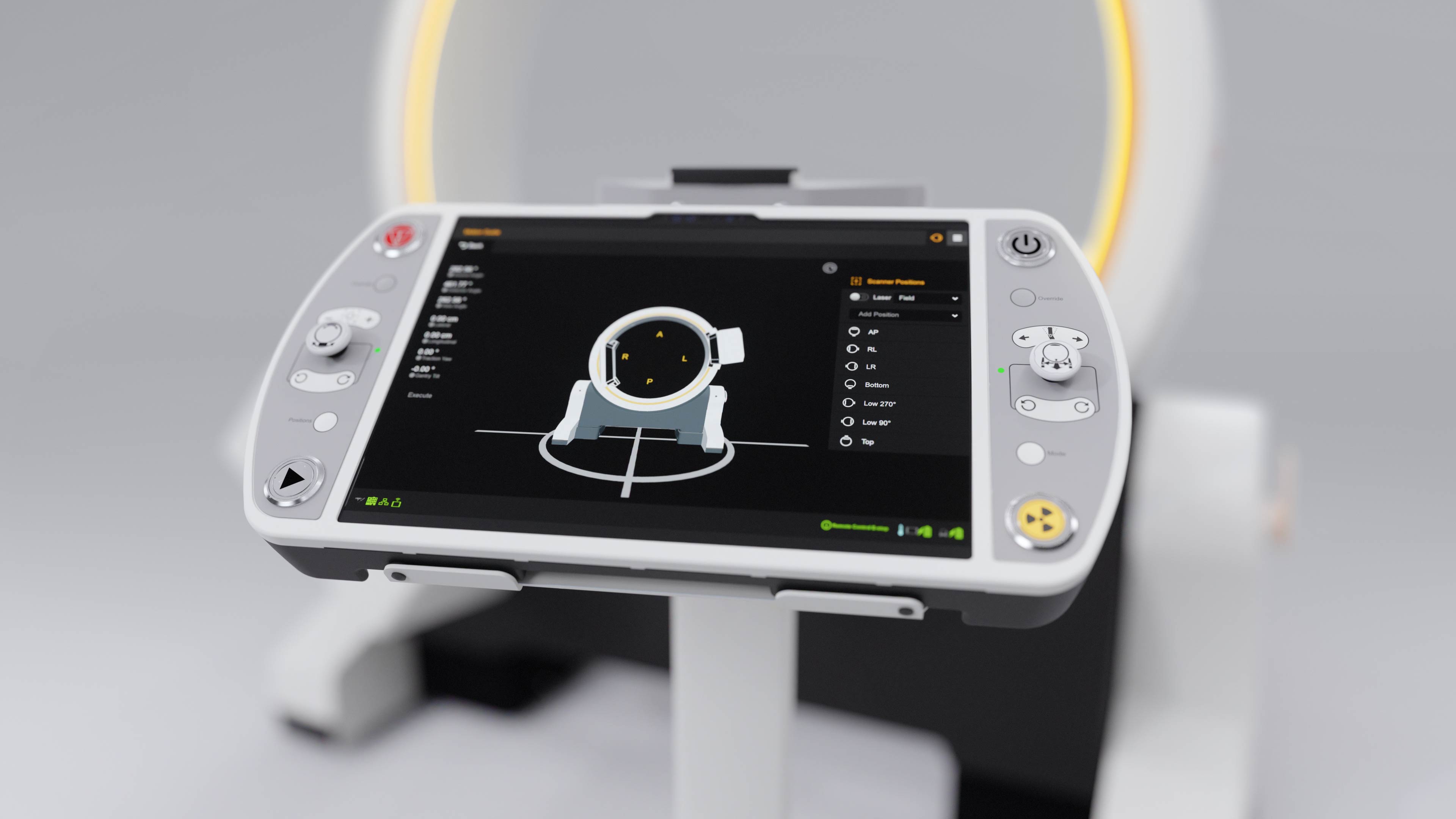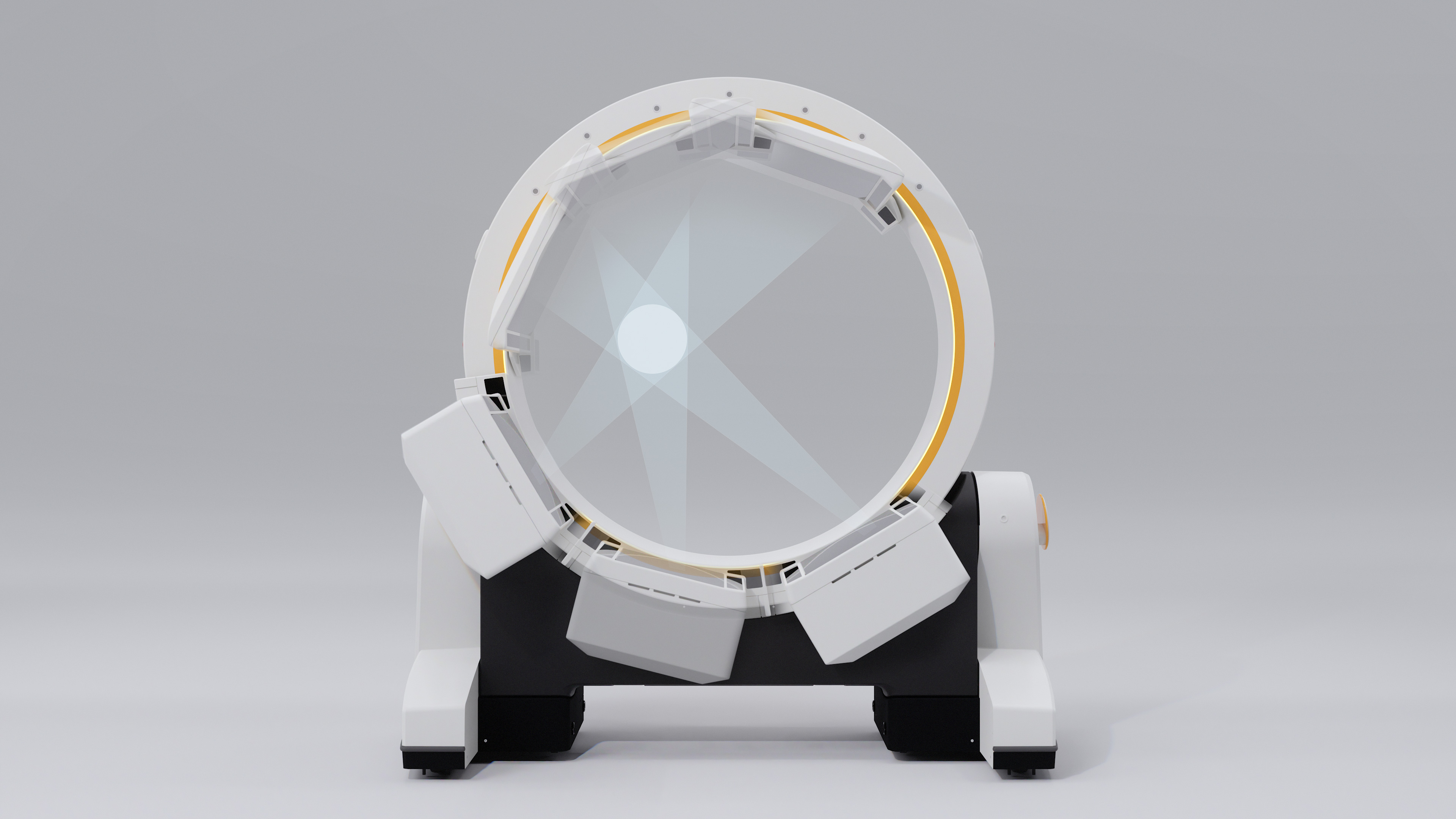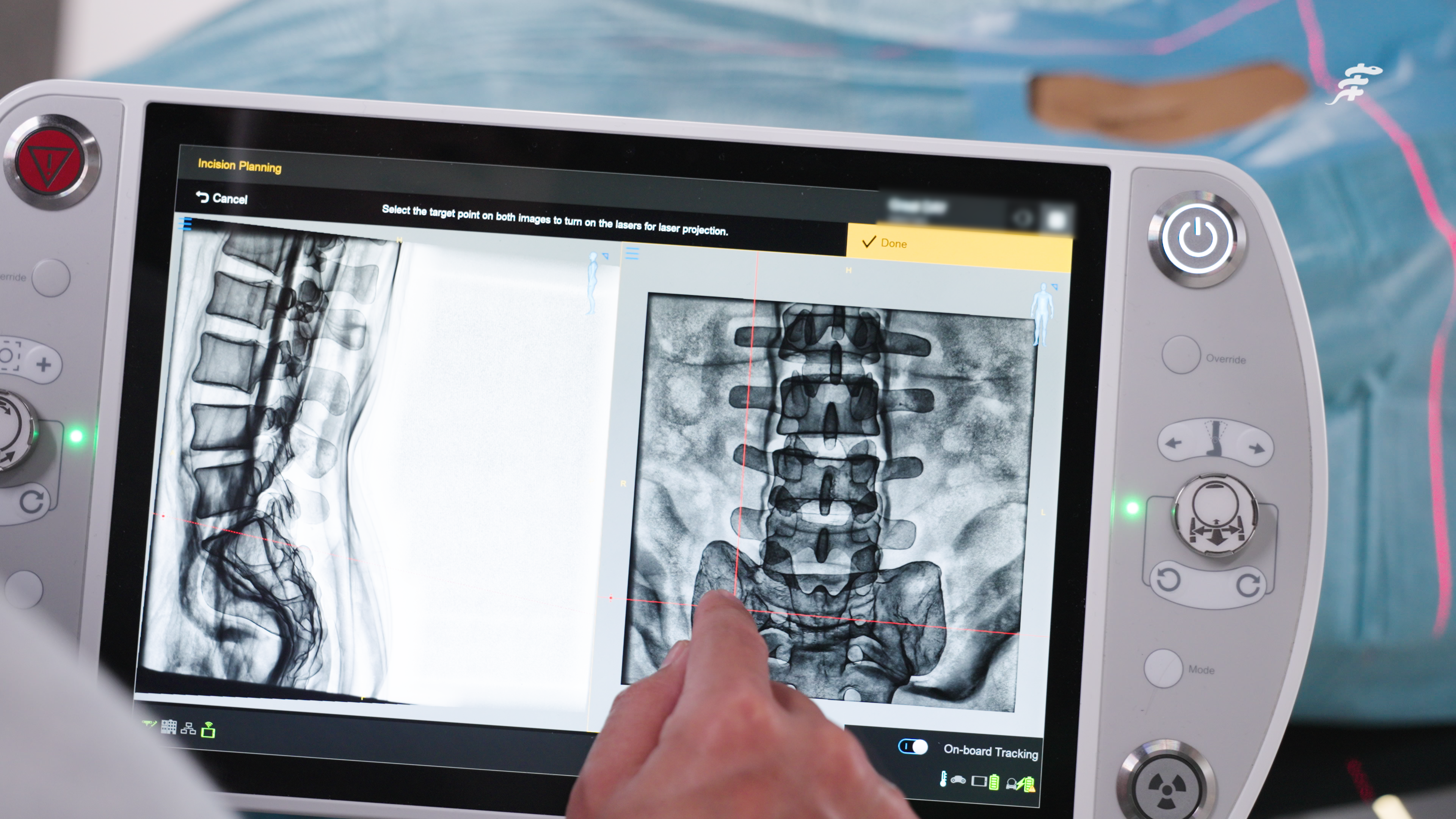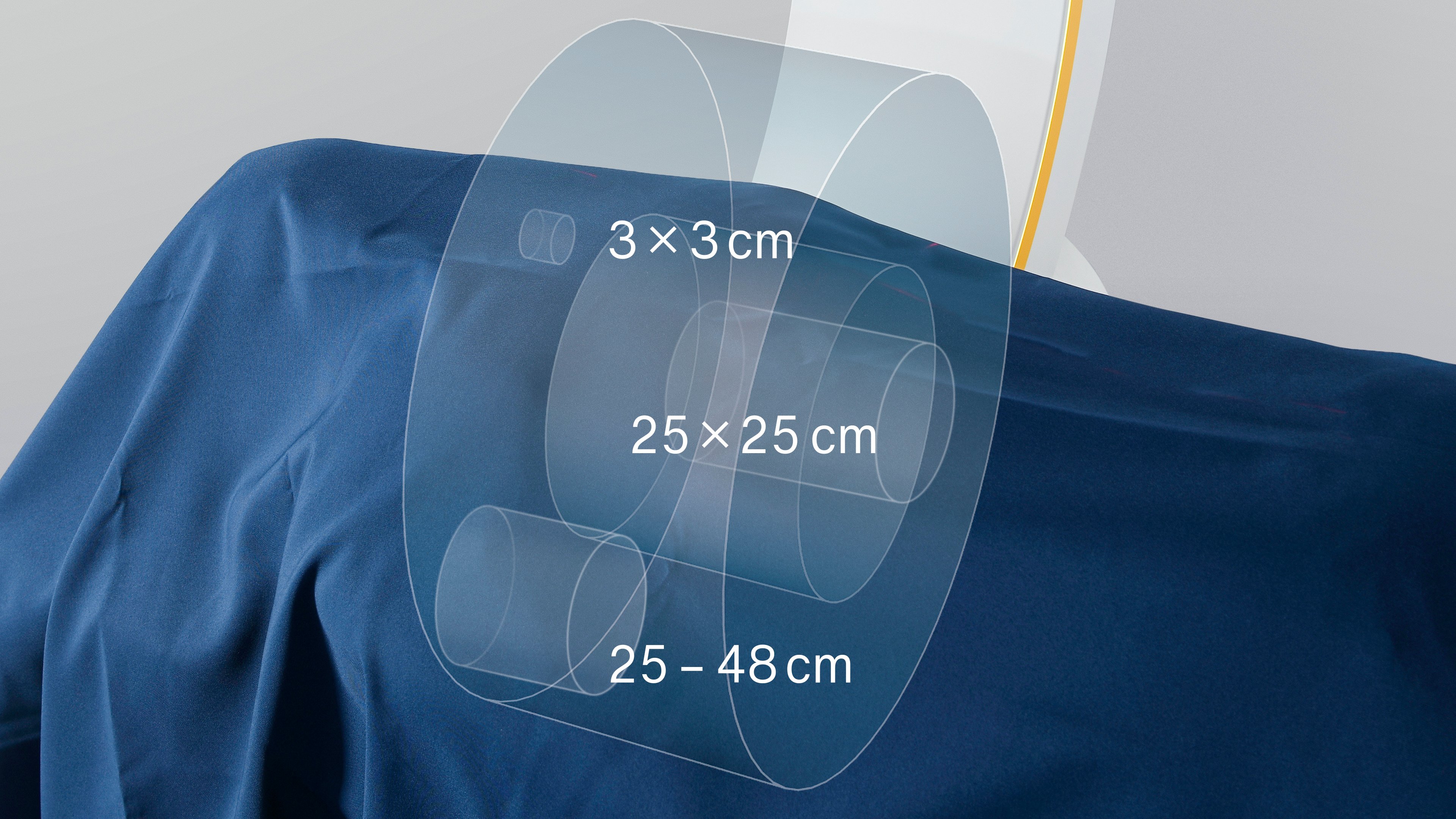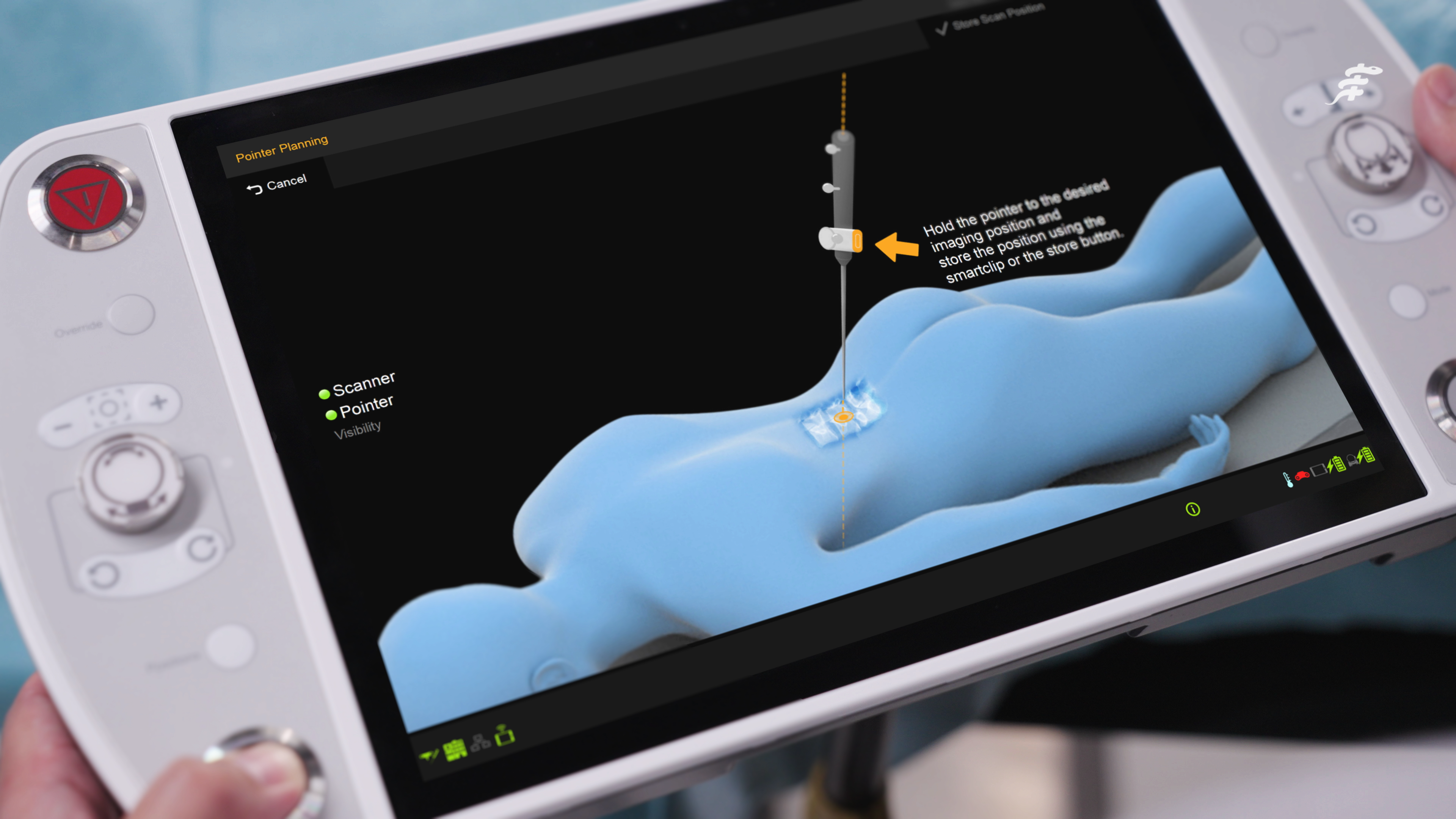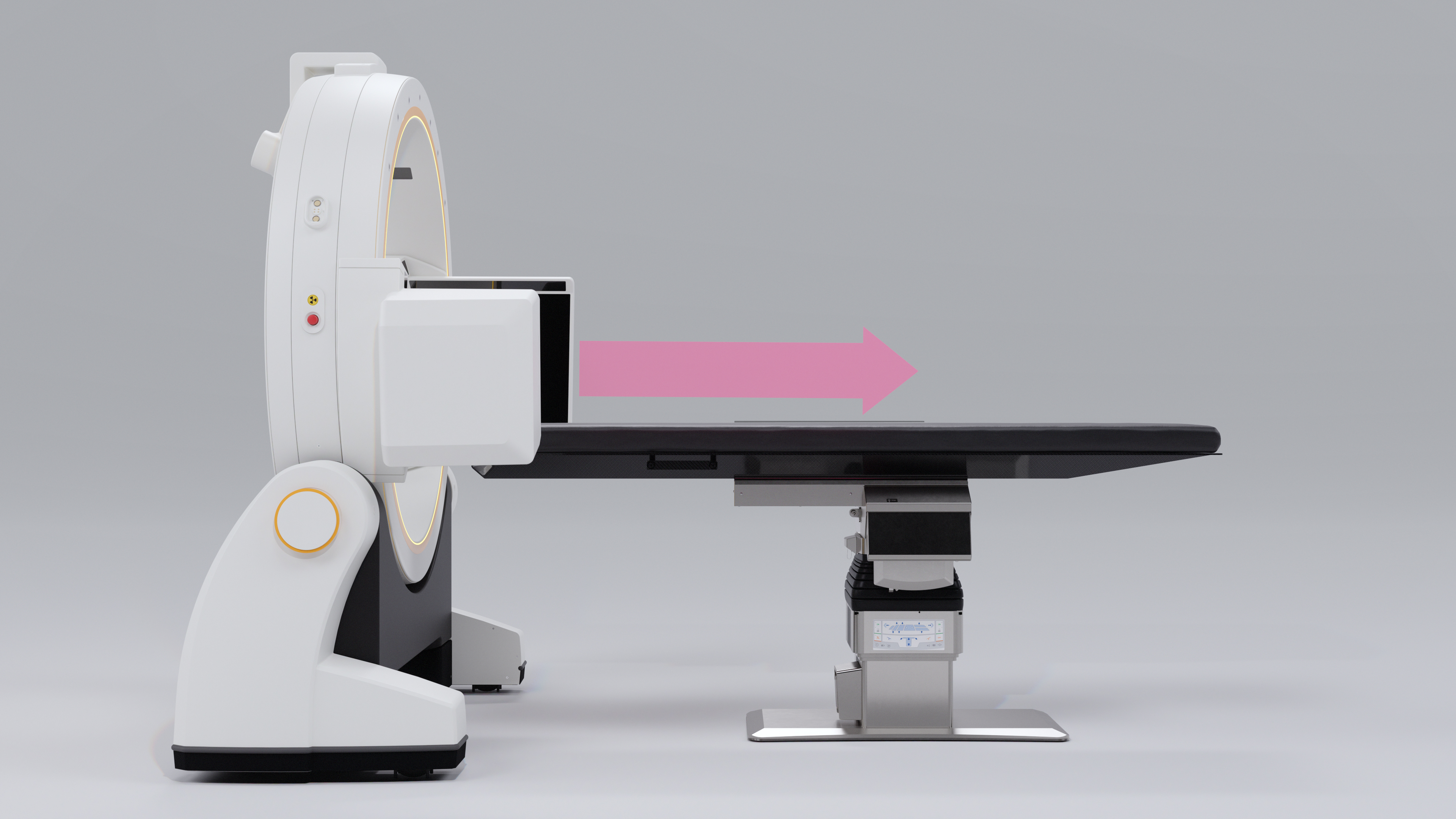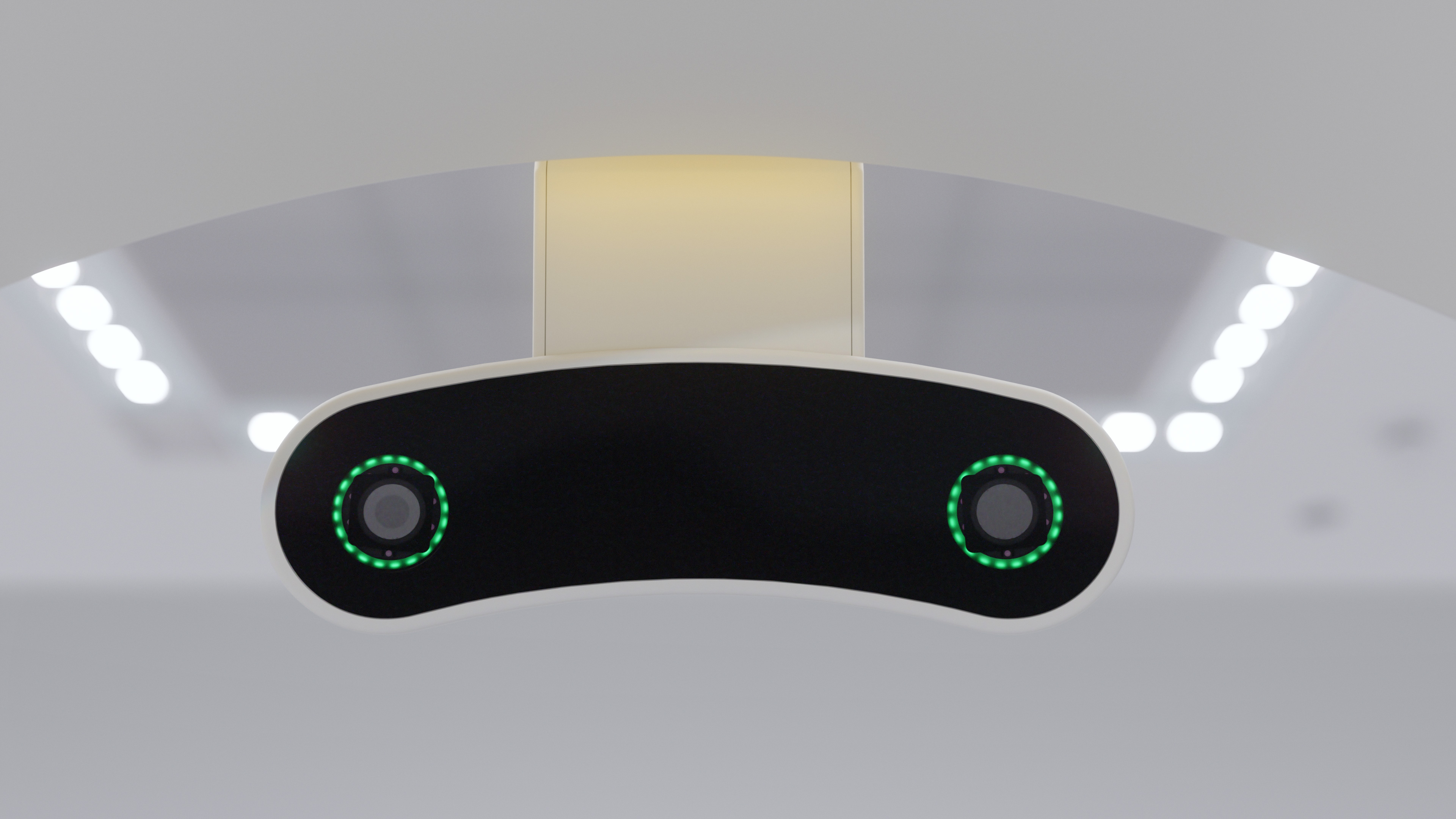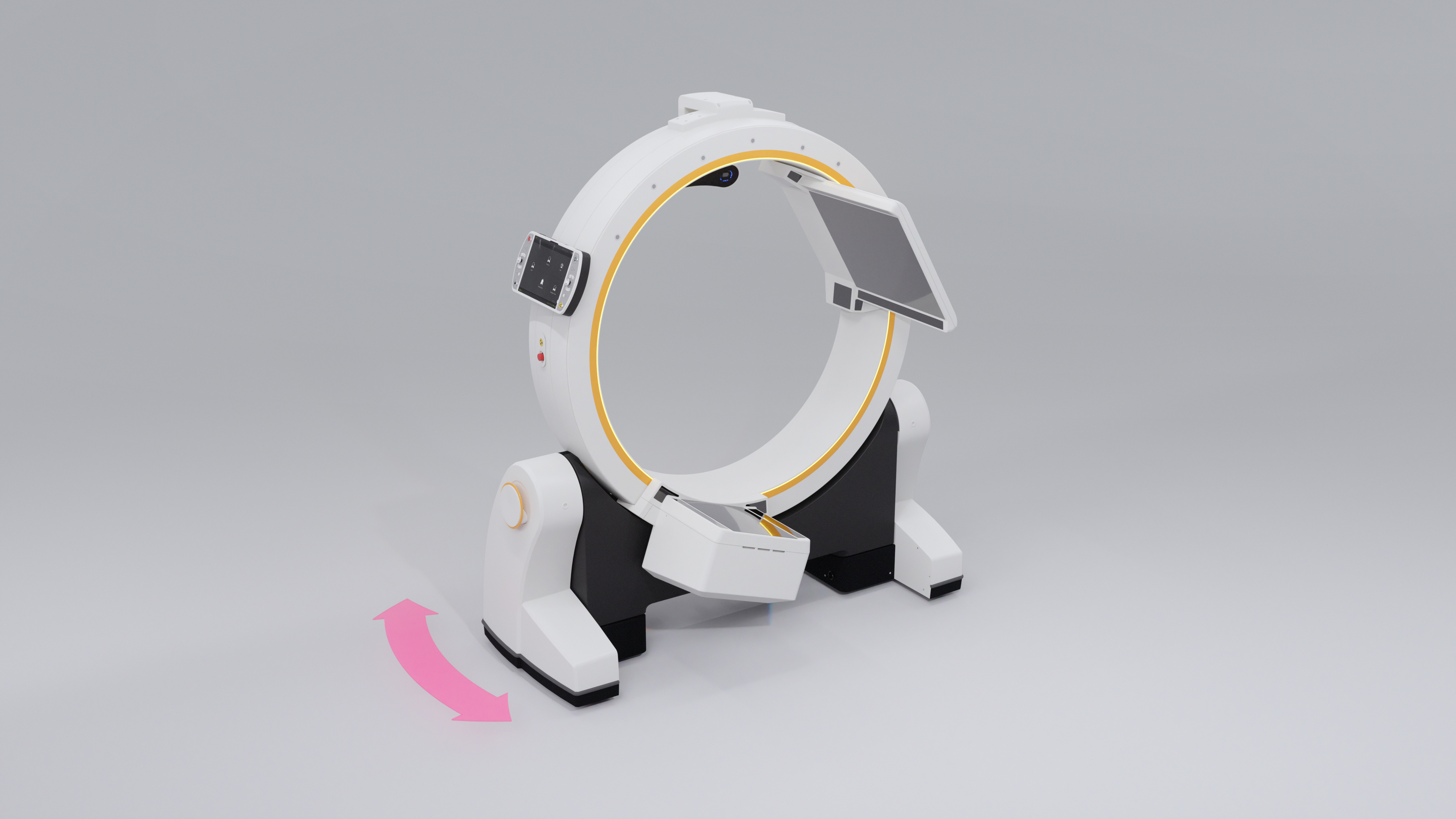Small footprint, large image, greater flexibility
With a footprint of only 1.5 sqm and no need for a dedicated monitor cart, Loop-X saves O.R. space. With its large 43 cm x 43 cm flat-panel detector, Loop-X provides you with the desired information in one shot. Loop-X is compatible with a broad range of O.R. tables, integrating with your existing equipment to maximize resources.
